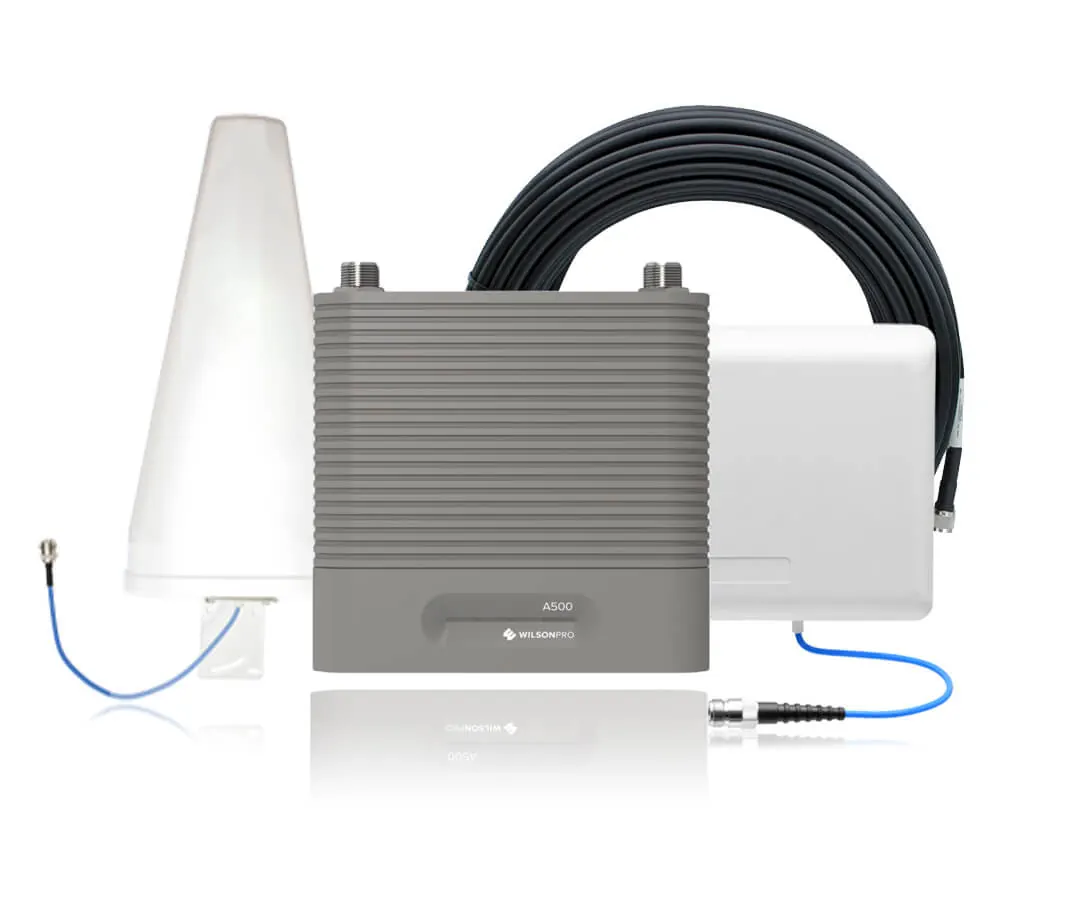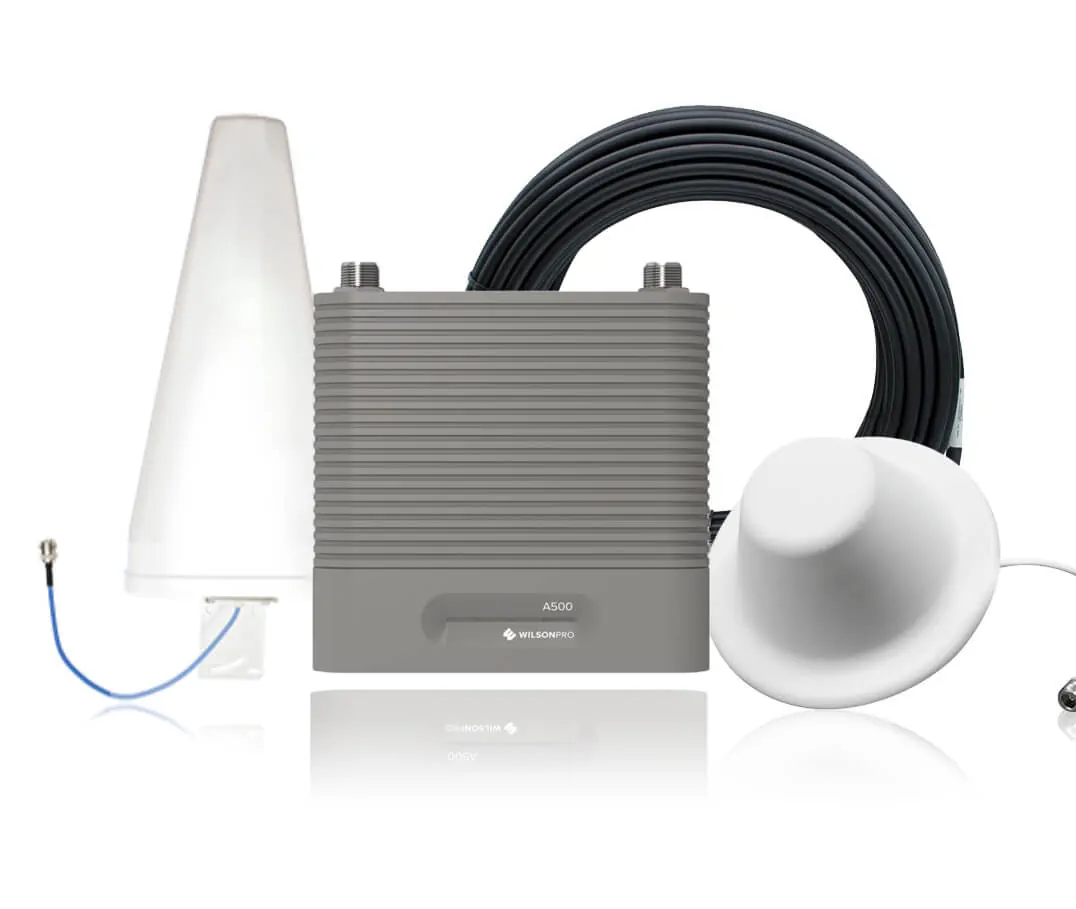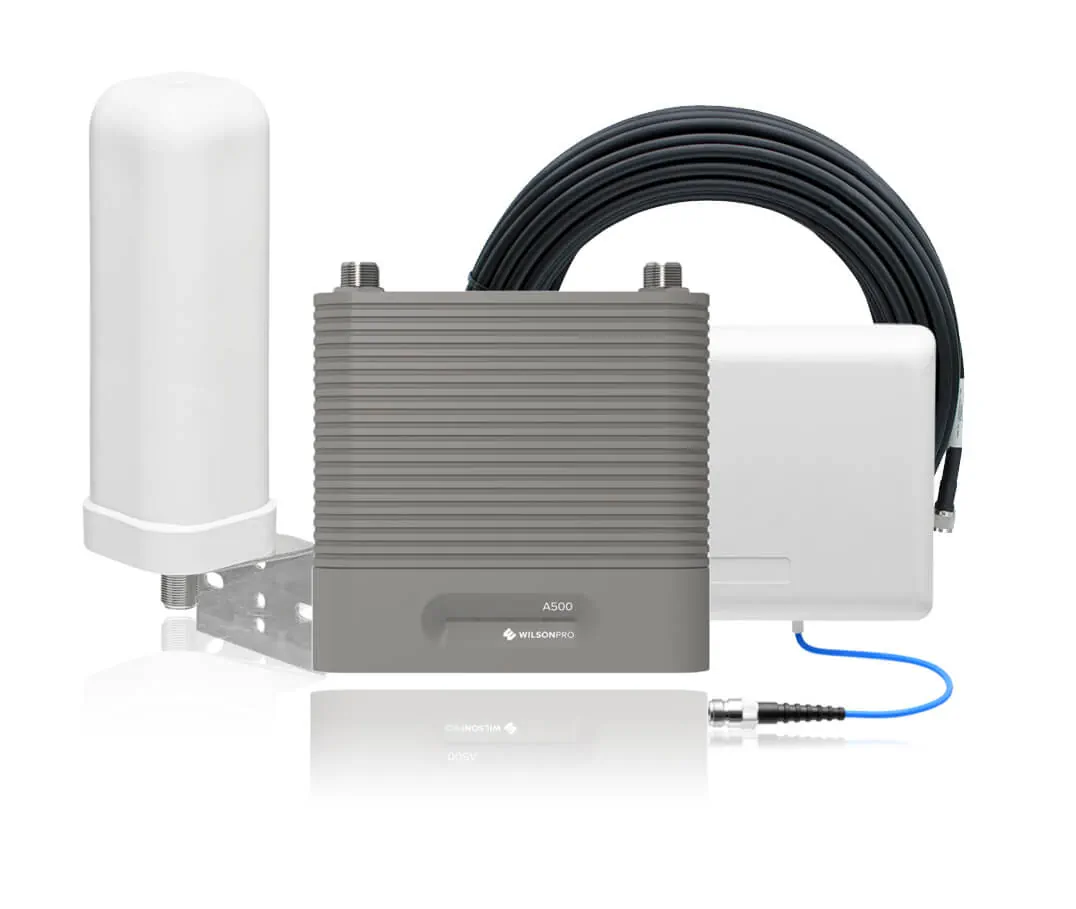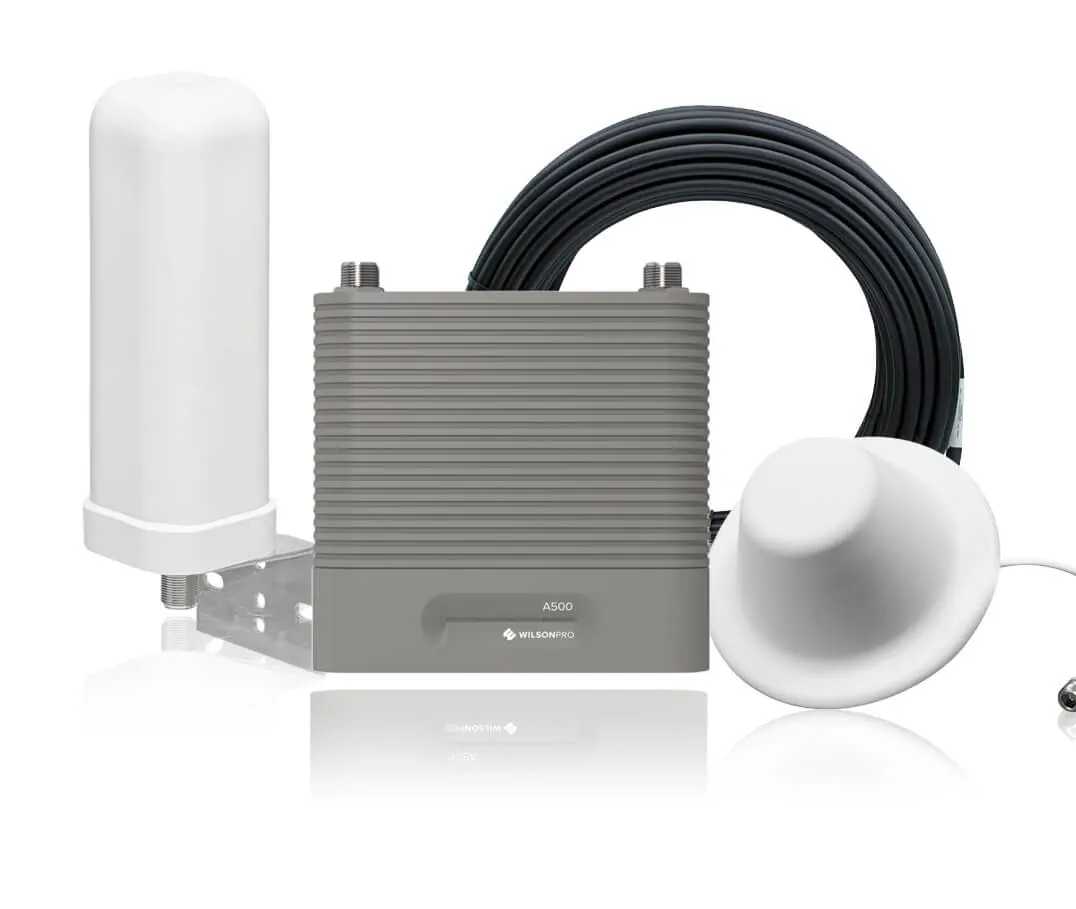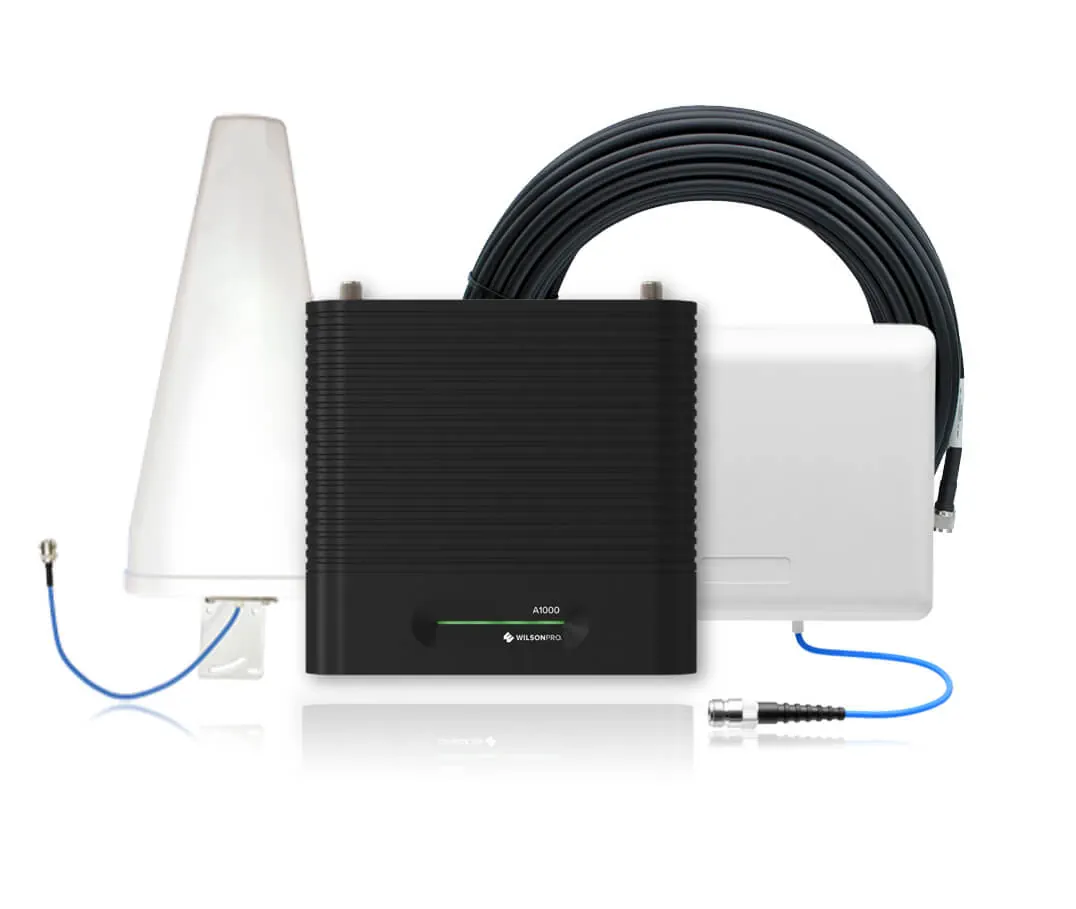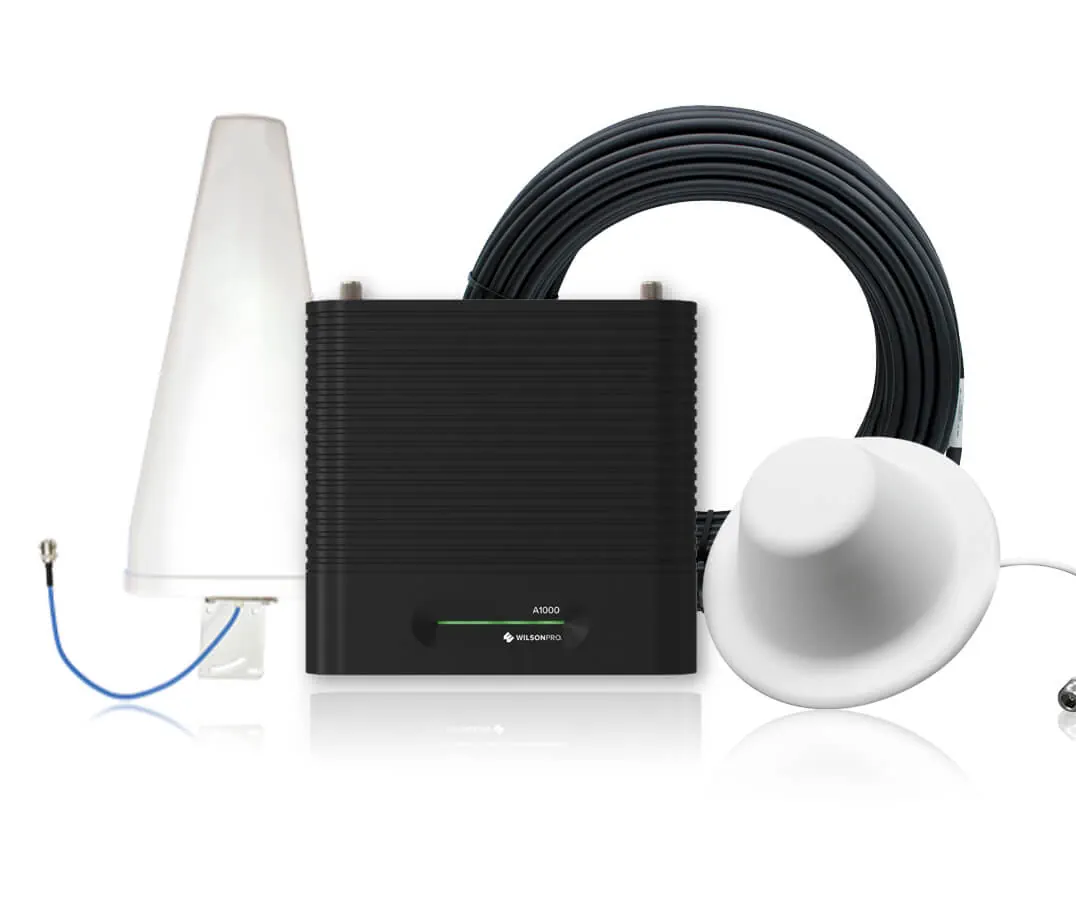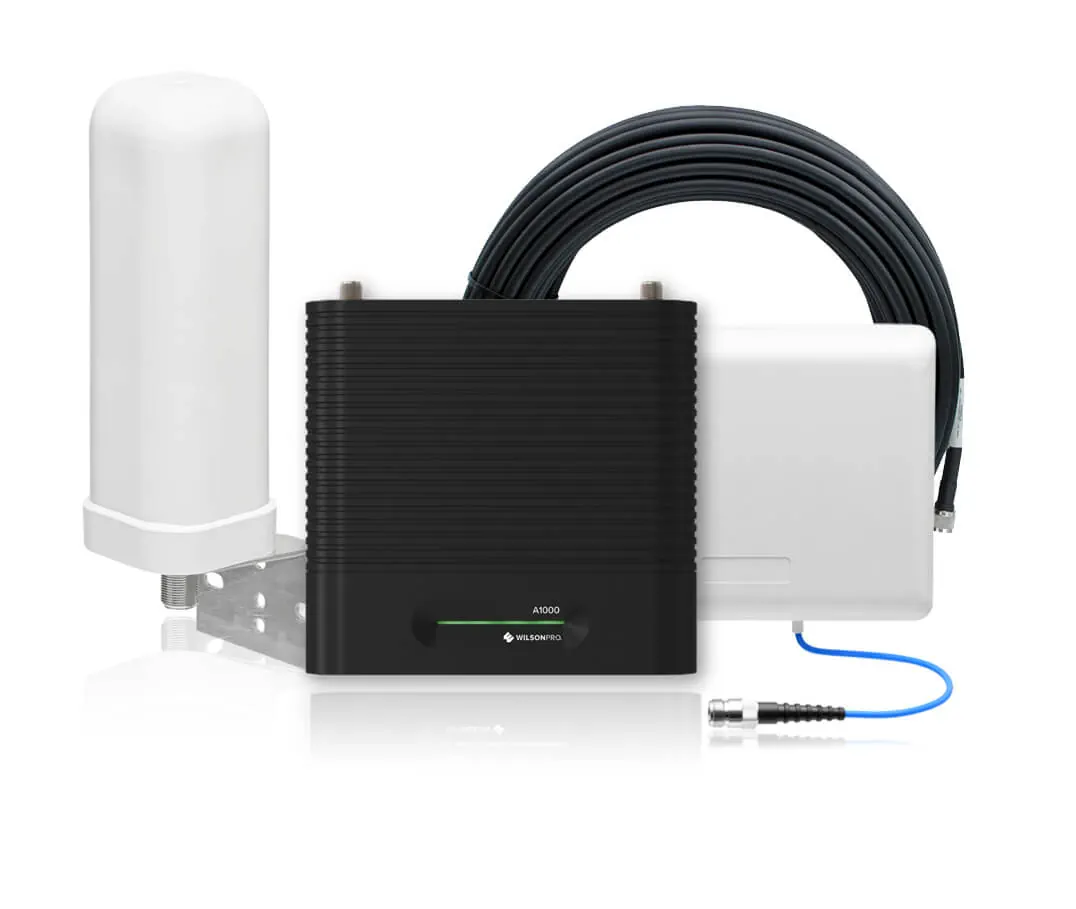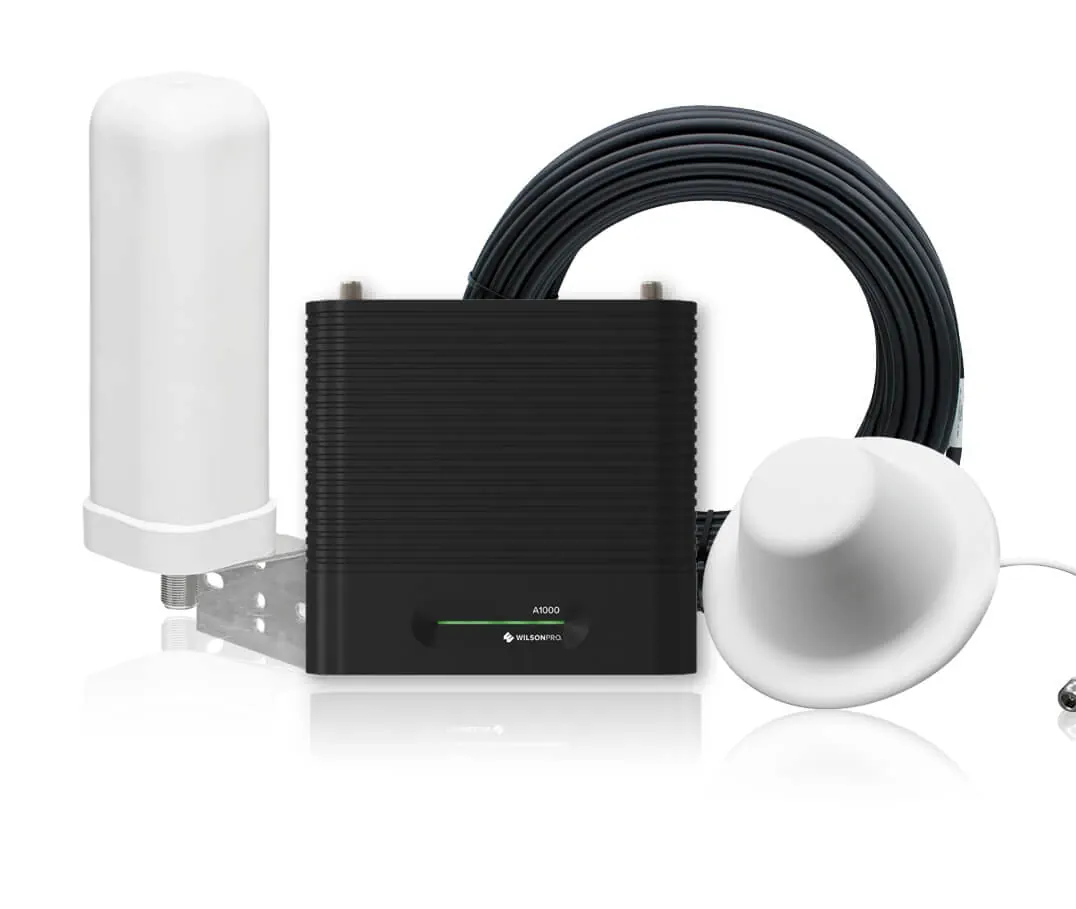Choose The Right Solution For Your Business
Better communication, easier texting and more reliable Internet guaranteed
Features And Benefits
The Wilson Pro Cell Phone Signal Booster from Vox is the most popular and sought-after Signal Booster on the market
Increased Range
Thanks to our specialised antennas, with an uninterrupted connection to and from our Cell Towers, our Boosters enjoy extended distances
No Interference
Our signal is strong enough to bypass any building material or potential interference, meaning no obstacles between you and great signal
Enhanced Indoor quality
The booster is designed to amplify and rebroadcast signals indoors for enhanced, clearer quality
All Inclusive Solutions
Different spaces have different needs. Large or small, 3G or 4G, our Boosters are available in a variety of packages to suit your exact needs
How It Works
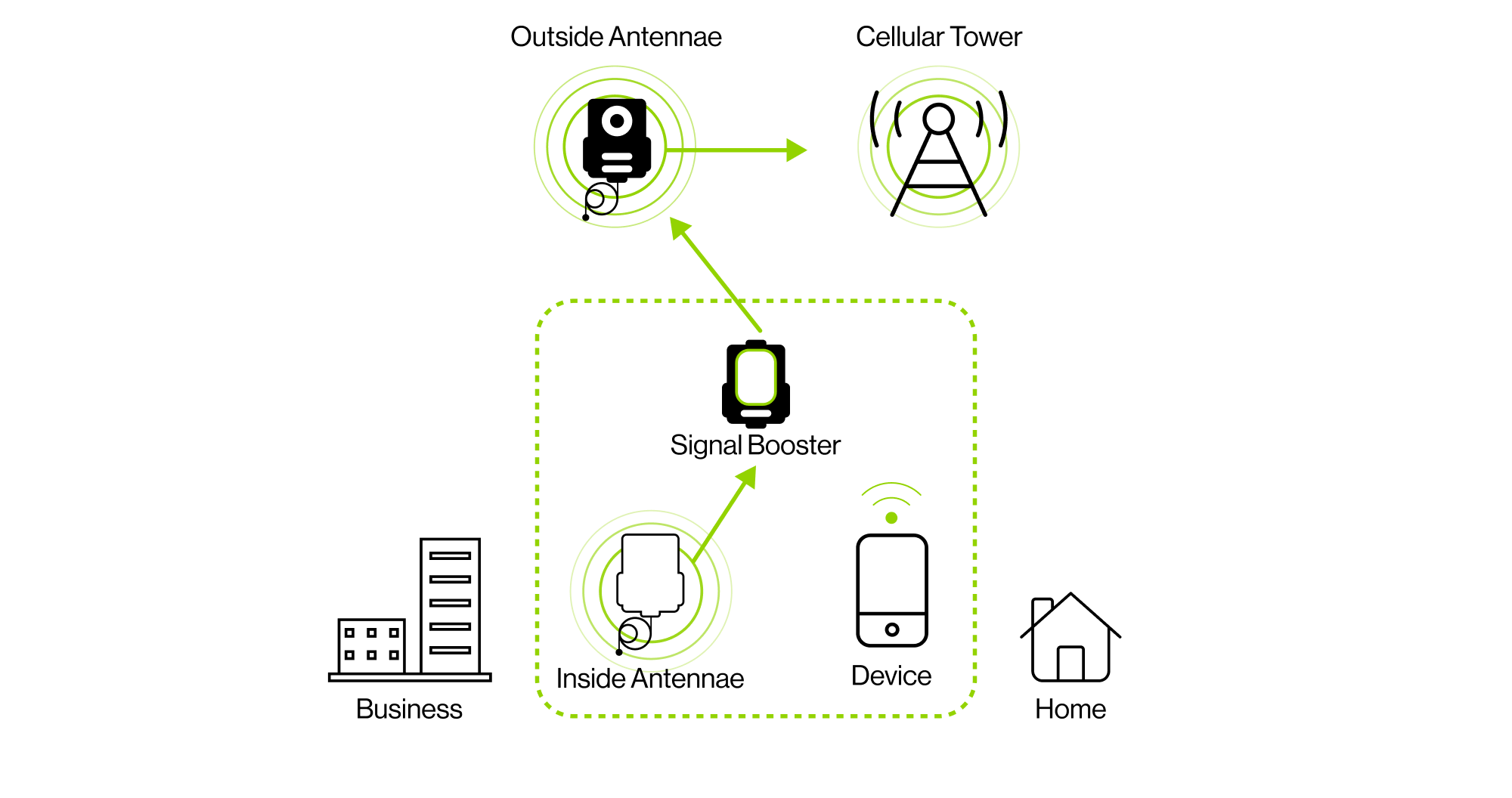

Still Have Questions?
Frequently Asked Questions
Vox Cell Boosters work for all mobile devices and GSM routers (any device with a SIM card) and across all mobile networks – MTN, Cell C, Vodacom and Telkom Mobile are all covered. The only exceptions are Telkom Mobile’s 2300Mhz band and Rain’s 2600Mhz band.
Vox cell boosters provide coverage for buildings up to 1,000 square metres, on both 3G and 4G LTE networks. Even better, you can expect up to +70dB gain, with 32 times the cellular signal.
We can think of three reasons: better talk, text and internet guaranteed. We’ve all struggled with weak signal and unclear calls – this booster eradicates those issues completely.
Our boosters are ICASA approved and certified, meaning no damage to your device. Furthermore, we include the complete kit with all the parts you’d need. We also offer local, world-class technical support should you ever require it.
No. Cell Booster rentals are exactly that, a rental for a 12 or 24-month term. At the end of the rental term, you can enter into a new agreement for an existing product, try another model, upgrade to a newer version (if available) or return the Cell Booster to Vox.
No, our agreements are strictly rental only.
Weak signal is generally caused by one of five key factors. Any one of these factors, or a combination, can greatly affect your cellular coverage.
These include cell tower distance, outside interference (such as trees, mountains or high structures), building material, internal interference and the weather.
It’s actually quite simple. A Cell Signal Booster uses three 3 easy-to-install components to function.
The Outside Antenna draws in weak 3 and 4G LTE Signal, which is then boosted up to 32 times by the Amplifier before being rebroadcast throughout the area by an Inside Antenna.
No. Signal boosters simply amplify your existing 3G & 4G LTE signal.
Unfortunately not. Signal Boosters do not improve Wi-Fi signals, only cellular signals such as 3G & 4G LTE for most major South African Networks.
Cell Boosters are made to work indoors where radio waves are able to bounce and reach their destination (i.e. better signal for your phone).Outdoor spaces would lead to open-air-path-loss, meaning the boosted signal would disappear if not confined.
This is traditionally a 3-step process.
The Outside Antenna is first installed high up, usually on the roof of your home or building. Next, the Amplifier is installed at an easy-access location, before the Inside Antenna is installed in whichever area requires improved cellular signal.
Both Yagi and Omni are outside antennas that pull in your existing 3G & 4G signals before sending them off to the amplifier to be boosted.
In general, Omni antennas are all-around performers used in corporate offices, because they pull signal from a 360-degree field, which usually helps when boosting multiple carriers with cell towers in different locations. They are generally long, rod-like cylinders.
Directional (Yagi) antennas are specialised performers that pull in signal from a 45 to 90 degree directional field.
Directional antennas are very popular with people in remote, rural areas or any place with bad reception.
While both panel and dome are inside antennas that provide boosted signal inside the building, a panel antenna is wall-mounted with a directional broadcasting angle of 45 to 70 degrees.
This means farther reach, as well as preference for those closest to the antenna, which is great for high-priority areas.















